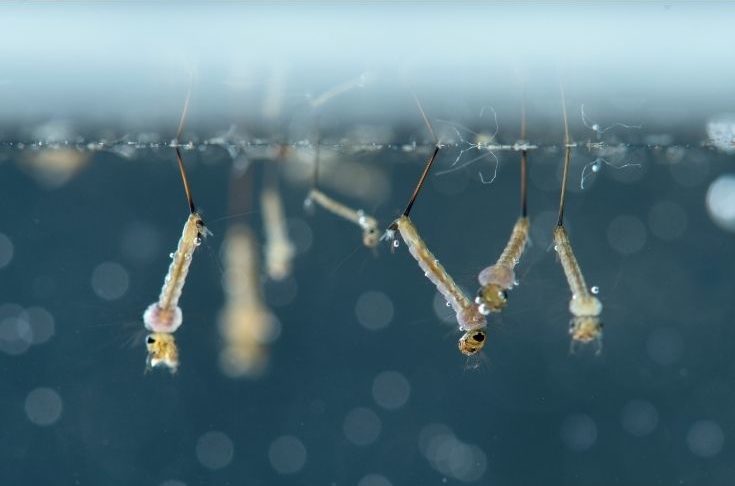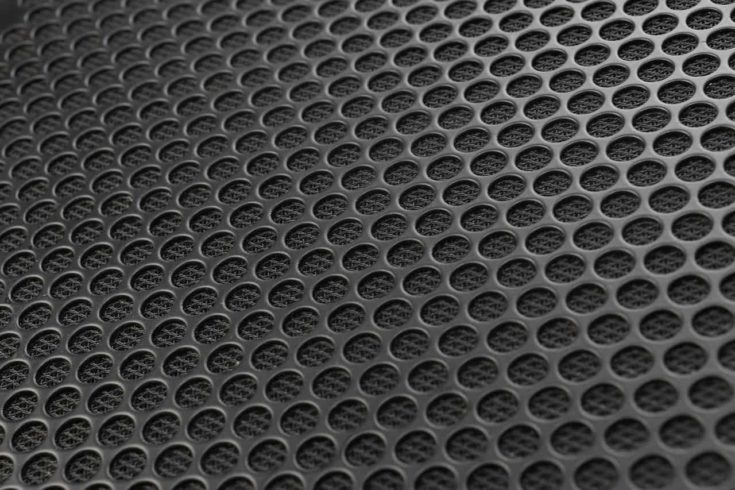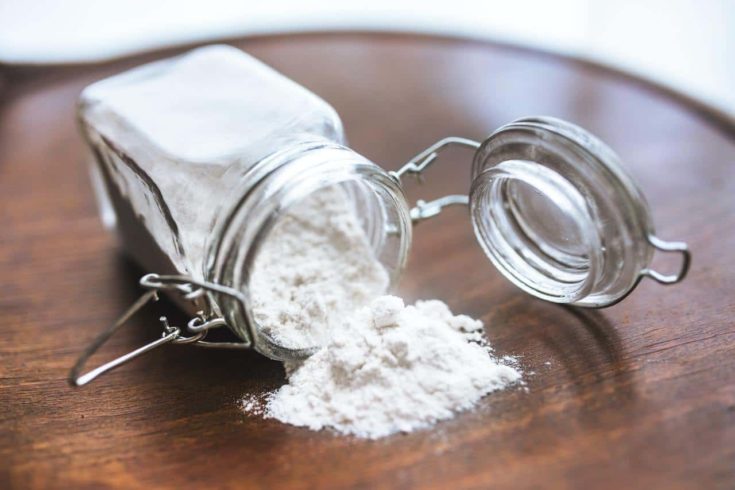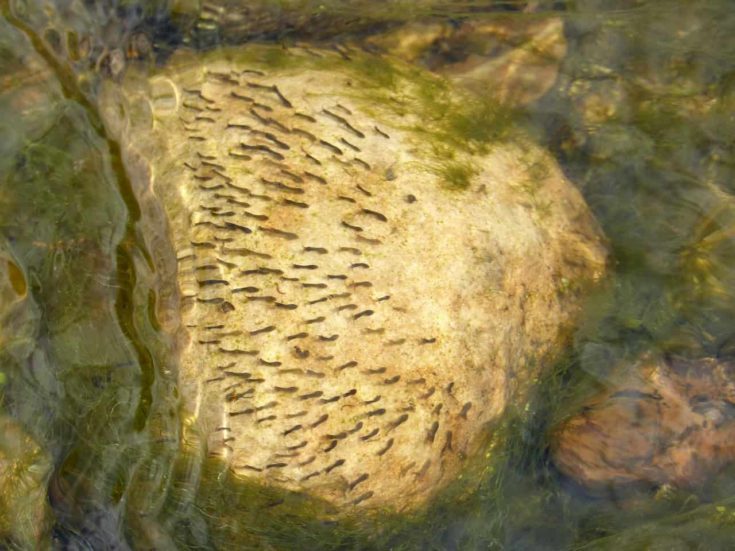The summer is upon us, and with all that lovely warm weather comes one of the season’s most annoying pests – mosquitos! Unfortunately for aquarists around the world, fish tanks make an excellent breeding spot for mosquitos.
The fact that fish tanks are filled with still, clean water makes them an alluring spot for mosquitos looking to lay eggs. These eggs are harmless initially but eventually turn into adult mosquitoes – this is precisely what you want to avoid.
Fortunately, there are many ways for you to get rid of mosquito larvae from your tank. This article tells all!
What Are Mosquito Larvae?

A mosquito’s life cycle is divided into four stages. The first stage happens when mosquito eggs are laid in a still body of water, and the second stage begins when these eggs start hatching into larvae. Larvae can only be found in still waters, and are known as wrigglers because they have a worm-like appearance.
The larval stage only lasts a few days and involves 3-4 stages of molting. During this time, mosquito larvae feed on algae and other microorganisms that can be found in the water.
In the fishkeeping world, mosquito larvae are sometimes used as live protein sources for fish. However, because larvae eventually grow into adult mosquitos, many aquarists attempt to control the larvae population in their tanks.
Are Mosquito Larvae Dangerous?
Mosquito larvae are not dangerous to humans, or to your fish. When ingested, they typically cause no harm – some fish even benefit from the nutrients obtained by eating mosquito larvae!
Be that as it may, it is important to prevent mosquito larvae from growing into adults. Not only do adult mosquitos bite humans and animals, they are also notorious for carrying dangerous, sometimes fatal diseases.
How Long Do Mosquito Larvae Stay In Water?
Mosquito larvae remain in the water for the entirety of this life stage. They are unable to live out of water. The larval stage can last anywhere between 4 to 14 days, depending on factors such as water temperature, food availability, and species.
Mosquitos remain in the water for a few days after the larval stage ends, during the pupal stage. The pupal stage lasts between 1 ½ to 4 days.
In total, mosquito larvae and pupae spend between 5 ½ and 18 days in the water. If you are attempting to remove mosquito larvae from your tank, it is best to act fast. Most larvae grow into adults in around a week.
Which Fish Eat Mosquito Larvae?
Guppies and mosquito fish are some of the most commonly-used fish in pest control. Both fish have been used in various parts of the world to control the mosquito population. If you’re looking for fish that feed aggressively on mosquito larvae, they are solid options.
Depending on the water parameters of your tank and type of fish you own, you might want to consider different options. Here are some other types of fish that also eat mosquito larvae!
- Bass
- Catfish
- Goldfish
- Bluegills
- Tilapia
- Minnow
In selecting a larvae-eating species for your tank, you should always keep tank mate compatibility in mind. For instance, mosquito fish are great at eating larvae, but are not good community players. No matter which fish you opt for, always do your best to provide them with the environment they need!
How To Control / Get Rid of Mosquito Larvae In An Aquarium?
Once you find mosquito larvae in your tank, you may wonder how to kill or get rid of them. The good news is, there are many methods you can use to deal with this pesky infestation. Which one you opt for has to do with the extent of the problem, and your personal preferences.
From natural pest-control methods to thoughtful tank setups, here are our top tips on how to kill mosquito larvae in an aquarium!
Cover Your Tank With A Net

Covering your tank with a net is one of the most effective, fool-proof ways of preventing mosquitoes from laying eggs in the water. A net does an excellent job of covering the entire surface area of your tank, while allowing oxygen to pass through and dissolve in the water.
The main thing you should focus on is selecting a net with small openings. You need to make sure that the holes are too small for mosquitos to pass through. Placing a net over your tank can also have secondary benefits. It stops fish from jumping out of your tank, and prevents debris from falling into the water.
Reduce Vegetation
If your goal is to get rid of mosquito larvae from your tank, your best bet is to reduce the amount of vegetation in the tank.
Plants allow algae and other microorganisms to thrive in your tank. Under usual circumstances, these microorganisms are harmless. However, they are a vital source of food for mosquito larvae. Therefore, reducing vegetation deprives mosquito larvae of food, allowing you to get rid of them effectively.
Movement Of Water
Mosquito larvae cannot survive in moving water, so a good way to prevent mosquitoes from laying eggs on the surface of your tank is to keep the waters moving. In other words, you want to agitate the surface of the water on a frequent, near-constant basis.
A good way to do so is to use a filter or a pump that is appropriate for the size of your tank and the needs of your fish. Be sure to pick the right filter for your tank! Filter currents that are too strong can do more harm than good.
Chemical Larvicides
In cases where there is a massive infestation of mosquito larvae in your tank, you may need to rely on chemical larvicides to get rid of them. Some examples include pyriproxyfen and methoprene, which acts by preventing mosquito larvae from growing into adults.
Chemical larvicides can be potent, so pick one that will not cause any harm to aquatic animals, and dose your tank appropriately. Hire a professional if you need to – this is the best way to rid your tank of mosquito larvae, while keeping its inhabitants safe!
Larvae Eating Fish
Last but not least, larvae-eating fish can be a remarkable way of controlling the number of mosquito larvae in your tank. Many types of fish consume mosquito larvae as a food source, so using this is a win-win situation as far as pest control methods are concerned.
One thing you need to take note of is the potential for ecological disruption. For instance, mosquito fish are effective at controlling the mosquito population, but breed rapidly. This means that they have become pests in their own right. So, no matter which fish you opt for, be sure to do your research before making a decision!
Frequently Asked Questions
Will Baking Soda Kill Mosquito Larvae?

Unfortunately, baking soda does not kill mosquito larvae and should not be used in this manner. Not only is it ineffective, baking soda will also raise the pH level of your water. Housing your fish in water that is not the right pH makes them susceptible to illnesses.
Similarly, substances such as chlorine cannot kill mosquito larvae on their own, but can help keep the tank clean.
Can You See Mosquito Eggs In Water?
In general, mosquito eggs are so tiny that you can’t see them without a magnifying glass. Therefore, when a female mosquito deposits her eggs individually, you will probably be unable to spot them, unless they inadvertently drift together to form tiny “floats”.
Some species of mosquitoes lay their eggs in clusters known as “rafts.” Each raft consists of approximately 300 mosquito eggs, and only measures ¼ inches long. However, this does mean that rafts are visible to the naked eye – but only if you look hard enough.
How Can You Prevent Mosquitoes From Breeding?
The most effective way to prevent mosquitoes from breeding is to rid your tank of all the factors that make it a good spot to lay eggs.
Keep the surface of your water moving, and cover your tank with a net. Reduce the amount of vegetation in your tank, as they are typically used by larvae as a source of food. Last but not least, change your water frequently. This allows you to remove eggs, larvae, and pupae from the tank on a regular basis.
Conclusion

Mosquito larvae in fish tanks is a common problem for many hobbyists. Fortunately, there are many ways to keep the infestation under control. These solutions run the gamut from natural pest-control methods to chemical treatments. If you are facing this issue, there is bound to be a solution that’s appropriate for your needs and preferences.
Do you have a problem with mosquitoes breeding in your fish tanks? How did you deal with it? We’d love to hear from you in the comments below!
